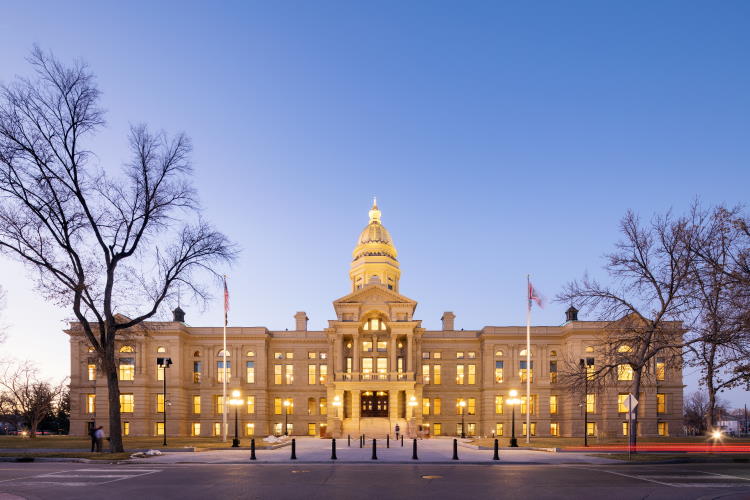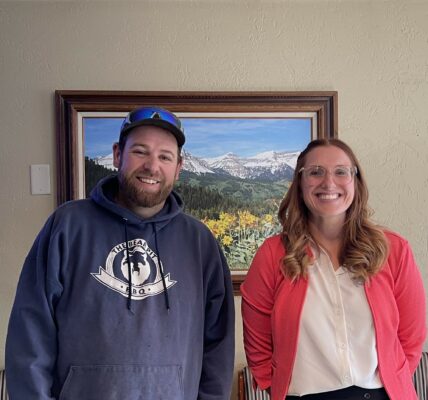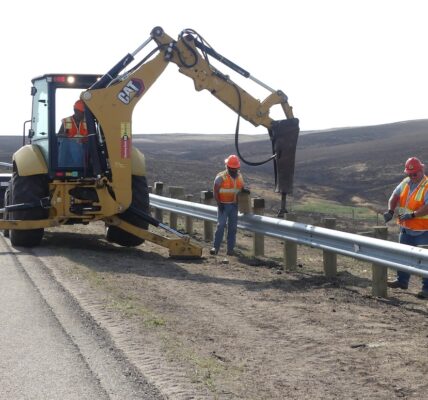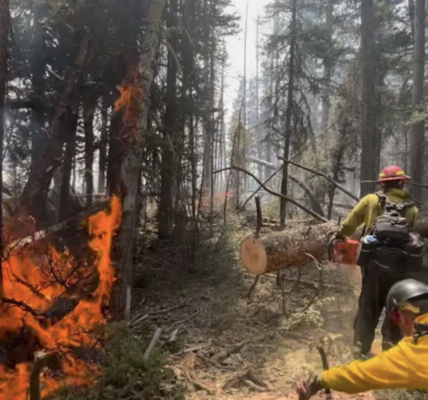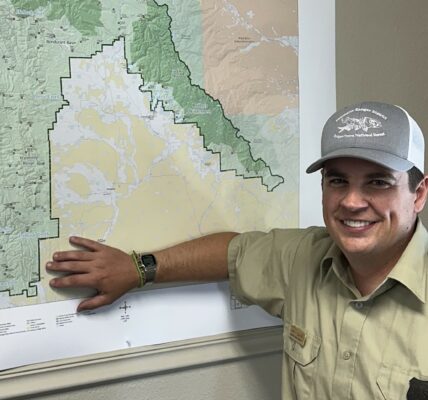By Carrie Haderlie
Wyoming Tribune Eagle
Via- Wyoming News Exchange
CHEYENNE — Though Interstate 80 was closed and much of southern Wyoming was snowed in, the Legislative Management Council heard an update on the state’s redistricting process from committee members first thing Thursday morning.
Rep. Dan Zwontizer, R-Cheyenne, and co-chair of the Joint Corporations, Elections and Political Subdivisions committee, said the committee got unofficial census numbers in August and official numbers in mid-September. Since then, the committee has had seven meetings, while local and regional communities have hosted about 40 of their own meetings on the redistricting process. All committee meetings have been broadcast, and the public has been able to submit comments though the process.
In its earliest meeting, the committee agreed to come up with a redistricting plan that includes 60 house members and 30 senators, operating on the traditional plan the state has used for the past three decades.
Discussion in the fall surrounded the Bighorn Basin, and Zwonitzer said that the committee voted after considering eight ideas to allow for a deviation exception in northern Wyoming. Each district, according to 2020 census numbers, should include 9,614 residents, but the committee voted to allow four counties in the Bighorn Basin, and a portion of Fremont County, to draw districts at 6.2% below population. Generally speaking, districts should stay within a 5% deviation above or below the set population, Zwonitzer said.
Ongoing issues the committee will face at its meeting next Wednesday in Casper include requests from Weston County to “remain whole,” which could impact Campbell County, Zwonitzer said. The committee is also considering how to properly represent areas that have seen a population gain, like Laramie County, while also addressing a population loss in Washakie, Sublette, Carbon and Sweetwater counties.
“We have been wrestling with where to move that population, whether that is an 11th seat in Laramie County, or whether Laramie County can share that population with Goshen, Platte or Albany (counties) where the population growth is,” Zwonitzer said.
The committee has also started discussion about whether nesting senate and house districts is necessary, and Rep. Mike Yin, D-Jackson, said the Legislative Services Office has been asked to provide two maps at the next meeting: one with nested senate districts and one without nested senate districts.
Sen. Ogden Driskill, R-Devils Tower, who also serves as the committee co-chair, said redistricting is as “tough a legislative process as we get.”
“One of the big issues I see coming in front of us is whether we should continue with nested districts, and if we go to nesting districts, it gets really tough to make the thing match in any fashion as the population moves,” Driskill said. “Unnested districts you could do something, but that discussion has yet to be had.”
Rep. Albert Sommers, R-Pinedale, said that the main question is how the legislature will treat a shrinking rural Wyoming population, and an increasing urban Wyoming. Rep. Andy Schwartz, D-Jackson, said perhaps the legislature should consider creating an independent commission on redistricting, as other states sometimes use, in 2032.
“I think it would be more efficient and more equitable,” Schwartz said.
Rep. Cathy Connolly, D-Laramie, said that if the committee accepts that the entire Bighorn Basin region can be out of deviation, set below the 5% population deviation allowed, the entire state must be in agreement.
“To me, that is a concern. It would only work if we all agree that is acceptable,” Connolly said. “What I see happening is any region that is decreased in their proportional representation certainly will have grounds to make a complaint because of that.”
Albany County, she said, could be wholly contained within its own county lines with four representatives and two senators, but the committee is discussing dividing the county to appease the process.
“That, all of the sudden, became the way to solve the problem of how do we allow the Basin to have an increase in the proportional representation, as well as Laramie County having 11 representatives,” Connolly said.
Sen. Larry Hicks, R-Baggs, said he is also concerned that certain areas of the state are being held to different standards than others.
“I am really concerned at this point in time that we will get through this thing, and there will be no redistricting plan that passes the Legislature,” Hicks said. “In certain parts of the state, we are quantum leaps away from being able to support the committee plan.”
The committee is planning at least one, and perhaps several, more meetings on the redistricting plan before the Legislature convenes Feb. 14 for the 2022 Budget Session. Zwonitzer said that when the committee agrees on a plan, it will have at least one more meeting to give county clerks time to fine-tune lines within their own precincts. And before that happens, other proposals will need to be considered.
“I am aware of three or four legislators who are bringing maybe not drastically different alternative plans, but significantly alternative plans, to the next meeting,” Zwonitzer said. “That could change up things, adding a house seat or taking out two house seats, or redrawing five counties.”

